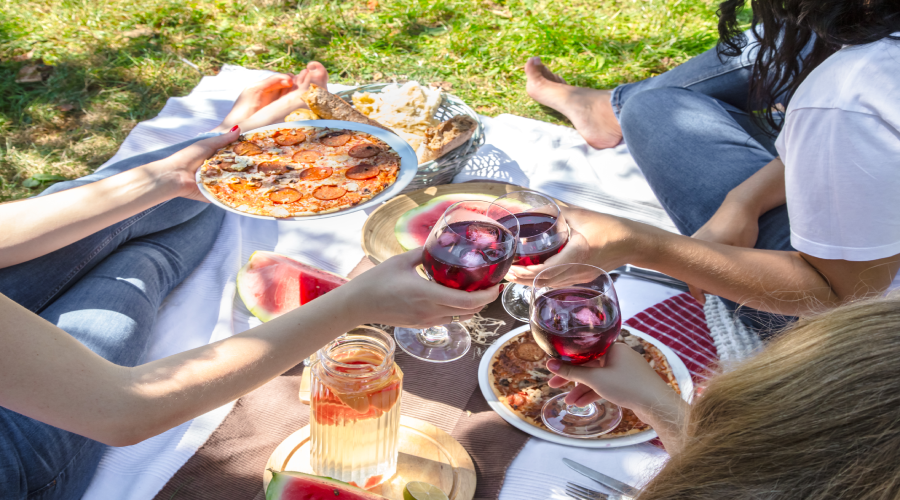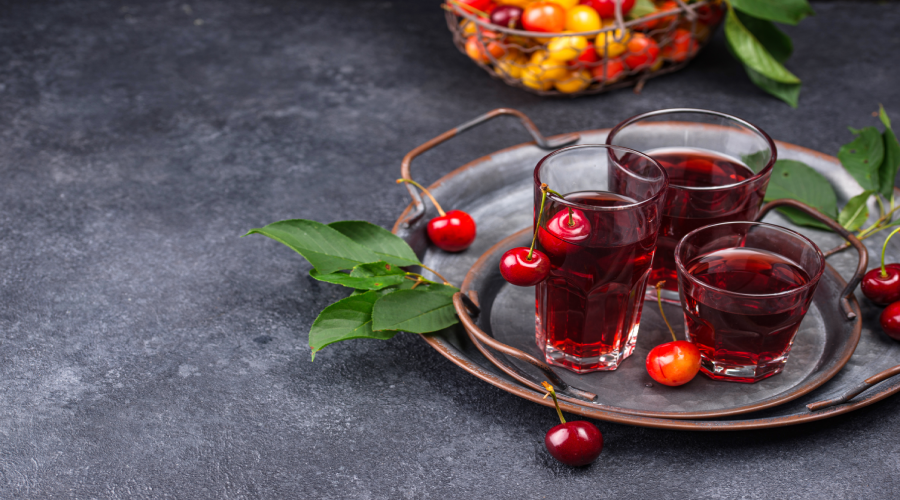Drinks with Iron
If you're looking to boost your intake of iron, try making a juice blend made of vegetables with iron-rich vegetables like spinach. But, remember that drinks that contain iron don't typically contain an excessive amount of the mineral.
- Aviva Romm's iron-based tonic. ...
- Green juice. ...
- Pea protein shakes. ...
- Smoothies made with beef liver and cocoa. ...
- Cashew, Spinach, and smoothie of raspberry
- Juice of prune
Iron-Rich Foods List
In order to get more iron into the diet of your family, it could be better to consume more iron-rich food items. Human bodies are better at absorbing the iron that is heme and comes from meat-based products. Plant-based products, like juices from vegetables, are a source of non-heme iron, which is nonetheless beneficial, but not as readily absorbable by your body. Consuming sufficient vitamin C will also increase how the body absorbs iron states Harvard Health Publishing. for cleanliness, If You are so worried form Bed bug pests in your home, kitchen, and some other places you think that you can't get rid of them so you are thinking wrong contact Bed Bug Removal Addison. They will solve your all problem.
The most effective source of non-heme iron is breakfast cereal fortified that contains 18 milligrams of iron per serving in accordance with the NIH. Fortified refers to the fact that iron is included in the breakfast cereal instead of occurring naturally.
The best source of iron naturally occurring in foods is cooked oysters, with 8 milligrams of iron per 3 ounces, as well as white beans have 8 milligrams of iron per cup.
Other sources of iron-rich food list should include
- Beef liver
- Dark chocolate
- Lentils
- Tofu
- Fortified Cereal
- Chicken Live
- Cuttlefish

Iron for Toddlers and Children
Iron is a crucial mineral that is derived from food items. It is found mostly in blood, where it helps move oxygen throughout the body. some people drink alcohol and they also go to alcoholic places like Alcohol Rehab Places Fairmont, Alcohol Rehab Places Clarksburg, and some others.
There are two kinds of iron in our food:
- Haem iron
- Non-haem iron
Children must consume a variety of food items that contain iron daily to ensure that they have sufficient iron in their bodies. If children and babies don't have sufficient iron intake, they could be diagnosed with a condition known as iron deficiency and anemia. This could cause fatigue headaches, headaches, and loss of appetite, or recurring infections. Door Repair Briar Hill is a believed door fix organization and they are offering proficient door fix administrations for over many years. They have an expert team to offer a wide range of door repair services. So, if you need service about door repair so contact them
Children and babies at risk of developing low iron stores include:
- babies who aren't eating solids until 6 months old
- Children who consume large amounts of milk. It is a poor source of iron, and it also can make it difficult for you to make it easier for your body to absorb iron from meals. Children who consume too much milk might not feel hungry enough to eat various other food items.
- Children who don't eat red meat regularly (less than 2 or 3 times every week)
- people who are fussy or picky and have no choice in their food
- Children born prematurely, but have not been able to develop adequate iron stores
- Children who are vegetarian or vegan.
Most reliable sources:
haem iron
The Haem Iron is the top source of iron. It is present in animal products and is easily absorbed by the body. The foods that contain haem iron are:
- Meats like lamb, beef, or pork
- poultry like chicken or turkey
- Shellfish and fish such as tuna, salmon/sardines
- offal like kidney and liver.
Good sources:
Non-haem iron
Non-haem iron is present in plant food. It is less well-absorbed than iron found in animal sources (haem). Foods that are enriched with non-haem iron are:
- Wholegrain products (e.g. bread, rolled oatmeal, and breakfast cereals)
- Breakfast cereals with iron-rich ingredients
- legumes (e.g. dried beans, baked beans as well as lentils, and beans)
- Green leafy vegetables (e.g. broccoli and spinach)
- Dried fruits (e.g. dates, apricots and sultanas or prunes)
- Eggs
- Peanut butter
- Nuts. Whole nuts aren't suggested for children under 3 years old.
Iron found in these foods could be better absorbed into the body if consumed with food items that are listed as 'Best sources of haem iron' or other foods that contain vitamin C. For good health when you drive so drive your car slowly because of an accident and if your car is an accident so here is the best Car Crash Lawyers Juneau.
Iron Deficiency Symptoms
Anemia due to iron deficiency is a typical type of anemia - an illness in which blood does not have enough quality red blood cells. Red blood cells supply oxygen to tissues in the body. Sometimes, you can face a theft problem. and nowadays, stealing problem is so common. and It is harmful to you. So, for this condition, you must change your door lock. and as a security, It is very important. contact Patio Door Repair Bendale Cedarbrae. Their expert team will help you to get rid of your worries.

The symptoms
At first, anemia due to iron deficiency is so insignificant that it's not even noticed. However, as the body becomes less iron-deficient and anemia increases the symptoms and signs get more severe so you can also search for healthy items from google, In the future, if you need computer repair service so you can get service from Computer Repair Laramie.
Signs and symptoms could include:
- Extreme fatigue
- Weakness
- Pale skin
- Heartbeat speed, chest pain, or shortness of breath
- Headache, dizziness, lightheadedness, or headache
- Cold feet and hands
- The tongue can be irritated or swollen. tongue
- Nails that are brittle
- Unusual cravings for substances that are not nutritious, like dirt, ice, or starch
- A lack of appetite, particularly in infants and children suffering from iron deficiency anemia